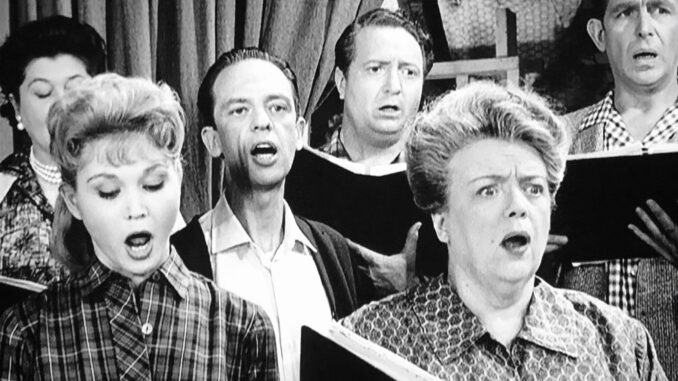
“`html
The announcement rippled through the St. Cecilia’s church choir like a rogue organ note: Barney, bless his enthusiastic heart, was joining. Now, St. Cecilia’s wasn’t exactly known for its avant-garde musical stylings. Think hymns, not heavy metal. Think polished harmonies, not… well, not whatever Barney was about to bring to the table. The collective breath held by the alto section could probably power a small village.
The Perils of Harmonious Harmony: Barney’s Vocal Ventures
Predicting exactly what would go wrong was, frankly, a fool’s errand. The possibilities were as vast and terrifying as the depths of the church basement (rumored to house a colony of particularly judgmental spiders). However, several key areas of concern quickly emerged:
- Vocal Range: Barney’s declared vocal range was, generously speaking, “expansive.” In reality, it stretched from a barely audible whisper to a foghorn imitation that could shatter glass. The conductor, Mrs. Higgins, paled visibly when Barney first “warmed up” with a rendition of “The Bear Necessities.”
- Rhythm and Tempo: Barney seemed to exist in a different temporal dimension. His concept of rhythm involved a loose interpretation of the beat, often involving spontaneous syncopation and a baffling affection for dotted notes. The metronome, typically a steady friend, started developing a twitch.
- Attention Span: Barney’s focus was…erratic. One moment he’d be intensely scrutinizing the sheet music; the next, he’d be miming a sword fight with his hymnal, much to the chagrin of Sister Agnes.
- Hymnal Hijinks: Let’s just say Barney’s hymnal was not used solely for singing. It served as a fan, a bookmark for half-eaten cookies, and occasionally, a projectile during moments of profound boredom.
The first rehearsal with Barney was, to put it mildly, chaotic. During “Amazing Grace,” Barney’s voice cracked with the force of a small earthquake, momentarily disrupting the carefully constructed harmonies. He then proceeded to loudly and enthusiastically suggest a reggae remix, much to the horror of the elderly soprano section. Later, during a particularly solemn rendition of “Ave Maria,” Barney decided to demonstrate his (questionable) opera skills with an impromptu and off-key aria. Mrs. Higgins, usually the epitome of composure, was observed clutching her rosary beads with unusual fervor.
But perhaps the most memorable moment occurred during the Christmas concert rehearsal. Barney, dressed as a slightly off-kilter Santa Claus (complete with mismatched boots and a suspiciously fluffy beard), took it upon himself to “enhance” the carol “Silent Night.” He added ad-libs, beatboxed through the quieter sections, and ended with a flourish of jazz hands so exuberant that his Santa hat flew off and landed in the tuba player’s bell. The silence that followed was, truly, silent. It was the kind of silence that precedes a nuclear explosion, or perhaps, the expulsion of a well-meaning but thoroughly disruptive baritone.
In the end, Barney’s tenure with the choir was brief, but unforgettable. While his musical contributions might have been… unconventional, his enthusiasm was undeniable. He brought a certain chaotic energy that, while initially terrifying, ultimately reminded everyone that music, even in its most sacred form, should be joyful. Perhaps, just perhaps, the rigid structure of St. Cecilia’s needed a little bit of Barney’s unpredictable spice. And, after all, isn’t a little bit of chaos what makes life interesting?
“`
